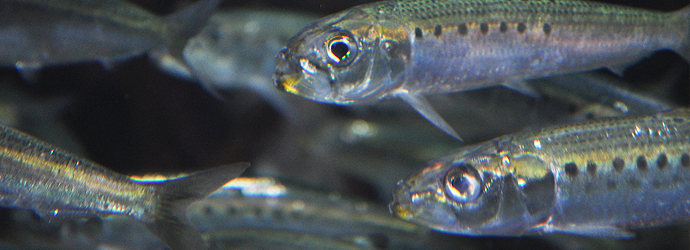Classification
Domain: Eukaryote
Kingdom: Animalia
Phylum: Chordate
Class: Actinopterygii (modern Teleosts)
Order: Clupeiformes
Family: Clupeidae
Genus: Clupea
Species: Clupea pallasii
Clupea pallasii in English means Pacific Herring. The fish was named after German explorer Peter Simon Pallas. They are also commonly called California herring or Eastern herring. Clupea means herring and pallasii means Pacific, therefore you get the Pacific herring. They are considered to be in the Eukaryote domain because they are eukaryotic (true nuclei). They are in the animal kingdom because they are multicellular, lack a cell wall, and are motile. They are considered to be in the chordate phylum because they have a notochord (backbone), have nerve chord, pharyngeal pouches, had/have an endostyle (thyroid gland), and have a post anal tail. They are classified as Actinopterygii because they posses many bony vertebrae and two pairs of ribs. They also developed the swim bladder at one point. They are classified as Clupeiformes because of their silvery body and their compressed size. Another distinct feature of the Clupeiformes is that they have no bones in their fins. So in the end we get the species Clupea pallasii, the Pacific herring.

This closer phylogenetic tree was also based on morphology. This tree shows how the Clupea pallasii breaks down from their family and the five other species that are closely related to Clupea pallasii. To see a more extensive list of the genera click the link below this tree.

Both trees seen above were adapted from the information found at:
http://eol.org/pages/1267164/entries/44708834/overview
(to view the more detailed version you must hit the (+) next to the names)
